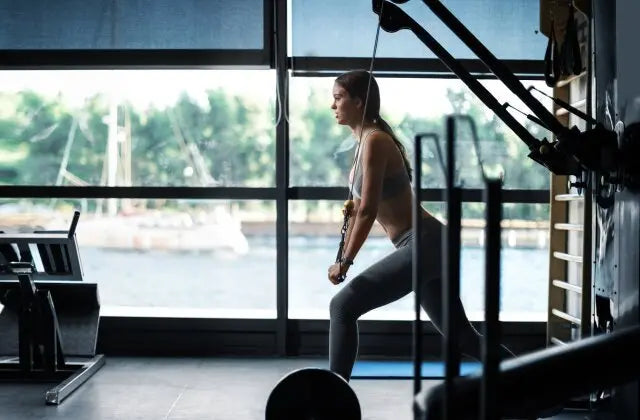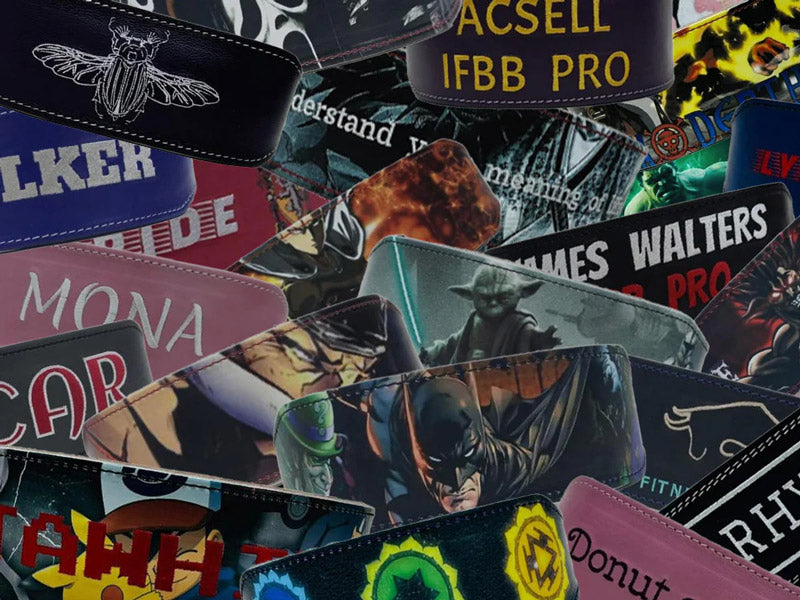
When to Start Using Assistive Equipment (Belt, Straps, Chalk)
Assistive equipment such as belts, straps, and chalk are integral tools in the world of fitness and weightlifting. They serve to enhance performance, provide support, and improve safety during workouts. However, knowing when to start using these tools can be a challenge for many fitness enthusiasts. This comprehensive guide will delve into the appropriate time to start using these assistive devices, their benefits, and how to use them effectively.
Understanding Assistive Equipment
Before diving into when to use these tools, it's crucial to understand what they are and their role in fitness. Assistive equipment, in this context, refers to devices used to enhance performance and safety during workouts. They include weightlifting belts, lifting straps, and chalk.
Weightlifting belts are designed to provide support to the lower back and abdomen during heavy lifts. They promote proper form and reduce the risk of injuries. Lifting straps, on the other hand, are used to enhance grip strength, allowing you to lift heavier weights than you could handle with your grip alone. Lastly, chalk is used to improve grip on the barbell, preventing slippage that could lead to accidents.
Benefits of Assistive Equipment
Assistive equipment offers numerous benefits to weightlifters and fitness enthusiasts. They not only enhance performance but also contribute to safety during workouts. Here are some of the significant benefits of using assistive equipment:
- Improved Performance: Assistive equipment such as belts and straps allow you to lift heavier weights, leading to improved performance and faster muscle growth.
- Enhanced Safety: These tools provide support and improve grip, reducing the risk of injuries during workouts.
- Better Form: They help maintain proper form during heavy lifts, promoting efficient workouts and preventing injuries.
When to Start Using Assistive Equipment
Knowing when to start using assistive equipment is crucial for effective and safe workouts. However, the timing can vary depending on several factors, including your fitness level, the type of workouts you do, and your personal preferences.
Generally, beginners are advised to avoid using assistive equipment until they have developed a solid foundation of strength and proper form. Using these tools too early can lead to reliance on them and hinder the development of essential strength and technique.
Using Belts
Weightlifting belts should be introduced when you start lifting heavy weights that put significant pressure on your lower back. However, it's important to learn and master the proper form before using a belt. Using a belt too early can lead to a false sense of security and poor lifting habits.
Moreover, belts should not be used for all lifts. They are most beneficial for exercises that engage the lower back and core, such as squats and deadlifts.
Using Straps
Lifting straps can be introduced when your grip strength becomes a limiting factor in your lifts. If you find that your grip gives out before your target muscles during lifts, it might be time to consider using straps. However, like belts, straps should not be used all the time. Over-reliance on straps can hinder the development of grip strength.
Straps are most beneficial for exercises that require a strong grip, such as deadlifts, rows, and pull-ups.
Using Chalk
Chalk can be used at any stage of your fitness journey. It serves to improve grip and prevent slippage, enhancing safety and performance during workouts. Chalk is especially useful for exercises that involve holding a barbell or dumbbells, such as deadlifts and bench presses.
How to Use Assistive Equipment Effectively
Using assistive equipment effectively is just as important as knowing when to start using them. Here are some tips on how to use these tools effectively:
- Use them sparingly: Assistive equipment should not be used for all workouts. They should be used when necessary, such as during heavy lifts or when grip strength is a limiting factor.
- Focus on form: These tools should never be used as a substitute for proper form. Always prioritize learning and maintaining proper form during workouts.
- Choose the right equipment: Not all assistive equipment is created equal. Choose high-quality equipment that fits well and meets your specific needs.
Assistive equipment can significantly enhance your workouts when used correctly. However, it's important to remember that these tools are not a substitute for proper form and technique. Always prioritize developing a solid foundation of strength and proper form before introducing assistive equipment into your workouts.
Conclusion
Assistive equipment such as belts, straps, and chalk can be incredibly beneficial for enhancing performance and safety during workouts. However, knowing when to start using these tools is crucial for effective and safe workouts. Beginners should focus on building a solid foundation of strength and proper form before introducing these tools. Once you start using them, remember to use them sparingly and never as a substitute for proper form. With the right approach, assistive equipment can be a valuable addition to your fitness journey.






